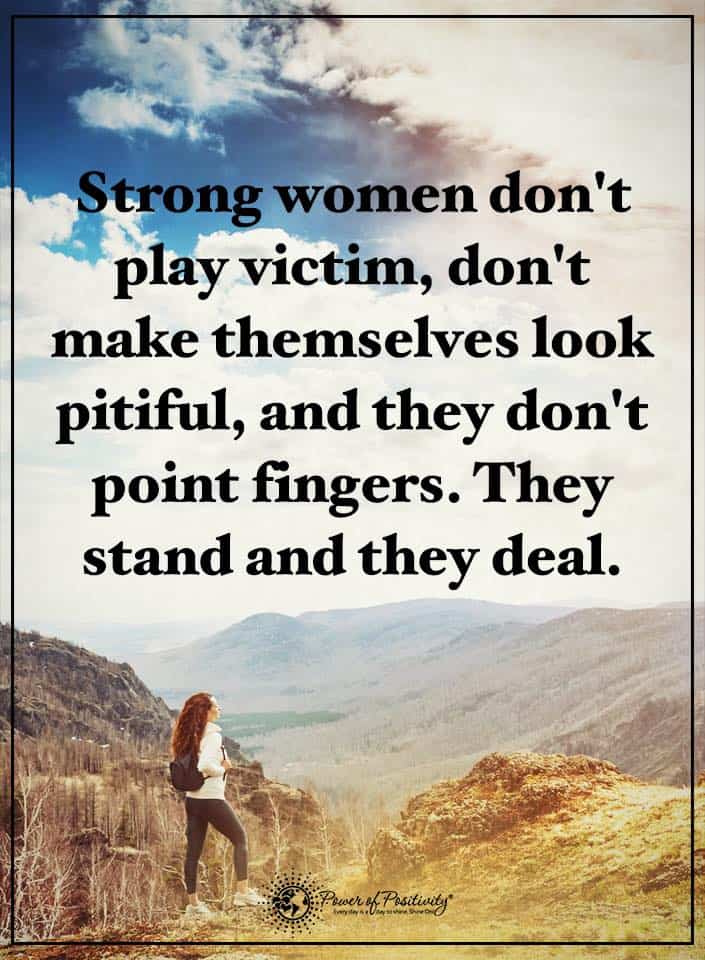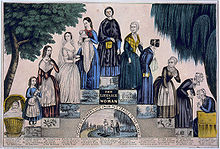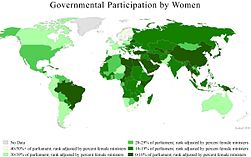I saw this post today and i wanted you ladies to see it and learn for it
Being in your 20s is a crucial period in a woman’s life: It’s a transitional time when a girl discovers her true self and really becomes a woman. It’s during these years that we find ourselves graduating from college, renting our own apartments, starting our careers, and building new relationships while learning what it really means to grow up. Between bills, early morning wake ups, and tighter schedules it can be easy to lose sight of the fun side of life. That said, your 20s are some of the most exciting years and for this reason I’ve compiled a list of 10 things every girl in her 20s should know to ensure we all maximize the opportunities and never forsake one moment during these special years:
- Learn How to Manage Your Budget: Most women start taking care of their own finances at this age. Learning how to manage a budget for rent, groceries, utilities, while also setting aside a little “fun money” and a little savings can be difficult. I’ve found that tracking your monthly income and all your ancillary costs can help you better understand what you’re spending so you know what you’re able to save. There are actually several apps to help you keep track of that that (check out Mint.com). This is also a time to think ahead and start your 401K. If you work for a company that offers this type of plan, be sure to ask your HR department to help you set it up.
- Interview Like a Boss: Your 20s are a prime time to start your career and interviewing well is a key component to that process. Even if you don’t land a job right away, if you are a good interviewer it can make a big impact since companies will often remember you months (or even years) ahead when another position arises. Interviews are also important for networking purposes and building relationships across the business world. The bottom line? Take advantage of every interview now as it made lead to opportunities in the future!
- Keep Your Skin Young: While your skin might look great right now (this is what we call your “post-acne and pre-wrinkles era”), this period can determine what your skin will look like in your 30s, 40s, 50s and beyond. To keep wrinkles and damaged skin at bay, it’s important to always wear sunscreen…Yup—always! That means during winter, too. Educate yourself on SPF numbers and what they mean, and make it an everyday process to lather protection to keep your youthful glow. Another “must” is washing your face every night. Going to bed with your makeup on not only clogs pores; it dulls your complexion and can cause dryness or wrinkles. No thank you!
- Cherish Your Friendships: These years are usually filled with a lot of dating, a lot of love, along with a lot of time mending broken hearts. It’s important to realize that guys will come and go, but a solid group of girlfriends will be there to help you through it all—forever. Even when you do find the one you’ll spend the rest of your life with; remember that your friends will be the support system you need through the good and the bad. The lesson here? Don’t forego important friendships in lieu of a relationship… Create balance. Good friends are hard to find, and if you ask me, losing a bestie is harder than losing a guy.
- Dress to Impress: At this point in our lives, we have fully grown into our bodies…which means there are no more excuses for trying to squeeze into that mini skirt you wore senior year of high school. It’s time to accept your body and all of its beautifully unique assets by dressing accordingly. Your 20s are a time to experiment and learn what works best for your body type. Find out what kind of jeans are the right fit for your figure, what size dress is most appropriate for your shape, and embrace what you are working with… Accepting your shape will help you look and feel your best. Plus confidence is key for any 20-something who is about to take on the world 🙂
- Don’t Make the Same Mistake Twice: People often say that your 20s are a time to make mistakes. But what’s important about this is not the act of actually making the mistake itself, but rather learning from the lessons these mistakes teach us. Whether it’s a slip up in a relationship or at your job, don’t get down on yourself that it happened… Instead, take it as a lesson learned and promise yourself it won’t happen again.
- Speak Up for Yourself: As you begin to take on your independence in your 20s, it’s important to learn when to stand up for yourself. Get yourself the raise you deserve, tell your friend when she’s treating you poorly, let that barista at Starbucks know when she gave you the wrong drink. If you never say anything, nothing will ever change, and those negative things will build up. Remember that you’re a strong, beautiful and independent woman, and speaking up for yourself is important in leading the life you desire.
- Take a Compliment: As we talked about before, confidence is the key to taking on the world as a 20-something. Part of that confidence is knowing how to take a compliment. When someone tells you you’re beautiful, accept it and say thank you (and maybe even blush a little). Accepting a compliment unveils your confidence and comfort in your own skin, which is an attractive quality for a woman… That kind of self-assuredness can do anything from land you the perfect job to the man of your dreams.
- You Don’t Always Have to be Right: With the confidence that comes in our 20s, sometimes it’s hard to know when to set your stubbornness aside. It takes a lot of biting your tongue to learn this lesson, but you don’t always have to be right. You will come across situations where it’s incredibly hard to do, particularly when you know you’re right. But sometimes it’s best to save your relationship with that person (especially if it’s in the work place) than to hold the upper hand. Your 20s are a time to learn when it’s okay to stand up for yourself, but also understand the moments when you just need to back away.
- Don’t Lose the Child in You: I have to say, through all of these points, my #1 thing to remember is to never lose sight of yourself. You grow up a lot in your 20s, but you’re still young enough to have fun and bring out the little bit of kid that’s still left in you. You’ll have plenty of time to continue to grow up, settle down, have children, and worry about spending too much money. But your 20s are only a stepping-stone to that point. So go have a crazy night out with your girlfriends, get set up on a blind date, buy that expensive pair of shoes you can’t really afford, be weird and goofy, and go on adventures! These are the memories you’ll cherish when you look back on these years.
I hope these little bits of advice inspire you take on your 20s full-throttle. Don’t hold back on all the opportunities these years will bring, and you’ll find these are some of the best times of your life. Stay strong, stay beautiful, stay confident but most importantly stay YOU.
If you are in your 20s right now (or older)… What advice would you give about these years? What do you hope to accomplish in your 20s?
Also be sure to share this post with your 20-something friends. I think it’s safe to say that we can all learn from these lessons.






















